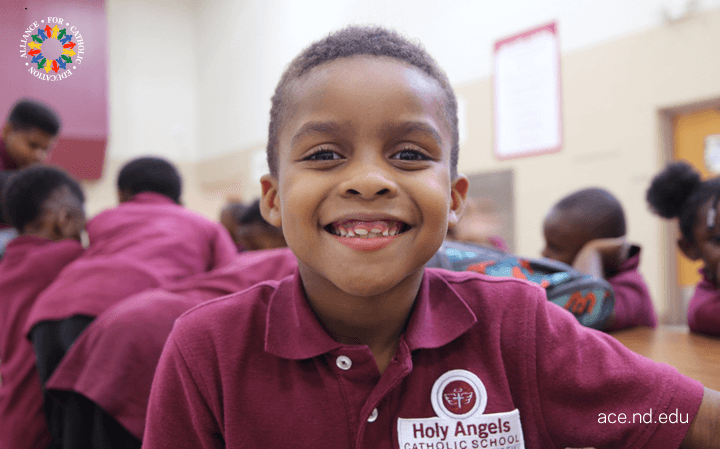Many proponents of blended learning lament standardized, one-size-fits-all approaches to education, and with good reason. But you don't have to be a blended-learning fangirl like me to believe that classrooms should be flexible and adapted to meet the individual needs of each student. Customizing assessments, teaching methods, and materials to match students' learning preferences, prerequisite skills, goals, and more are not strategies specific to blended learning – it is simply good teaching.
Developed by CAST in the 1980s to meet the needs of students with disabilities, Universal Design for Learning (UDL) is a framework that guides this exact process of designing instructional goals, assessments, methods, and materials to meet individual students' needs. It is based on scientific insights into the ways people learn and has been shown to simplify learning for all students, not just those we typically think of as needing special attention. Similar to blended learning, UDL may benefit a particular subset of students more than others, but I have yet to meet a student who would not benefit from these principles.
UDL suggests that teachers should offer students different ways to view and engage with concepts as well as demonstrate their understanding. There are many different strategies teachers can use to make these principles a reality, but today I want to talk about two that teachers in blended-learning classrooms can use to more effectively engage learners in the why of their learning.
Online Learning
After the first few weeks of using a new online program, the novelty wears off and student engagement typically begins to decline. It is not uncommon for students to start to "click through" their online lessons without fully engaging with the material or to work at a glacially slow pace. To foster student engagement, students must understand why they are doing what they are doing. It helps to optimize the relevance and value of the online learning by making sure students understand that the software programs give them exactly what they need, rather than what the average fifth-grade student or their neighbor needs.. This requires very intentional culture-building at the beginning of the year that pays off in significant ways as time goes on.
Many of our teachers have also found that creating a reflection or guided notes sheet for students to complete while they work can significantly increase engagement. These sheets may ask students to write the objective of the lesson in their own words, talk with another student about a question they have while they are working, or self-assess their learning at the end of the lesson. These simple tools ensure that multiple strategies for cultivating purposeful, motivated learners are always incorporated into the online learning experience.
Individual Learning
Because each student is getting what he or she needs in a blended classroom, learning and behavior goals should be different for each student. Having said that, our teachers have also found that the most powerful way to increase student engagement is to help students set their own individual goals, create plans to accomplish these goals, and monitor and reflect upon their progress towards them. Because students set their own goals, they exercise choice and more readily see the relevance of these goals to their lives. And when teachers meet with students to discuss progress towards the students' goals, teachers are able to provide mastery-oriented feedback, foster students' belief in their own ability to succeed, teach strategies for coping and working smart, and further develop their skills in self-assessment and reflection. It is no wonder, then, that student goals and goal meetings are an essential component of our blended learning classrooms.
There are probably hundreds of other ways to universally design blended classrooms, but these practices have been particularly impactful in our Higher-Powered Learning classrooms. Have any other ideas for us? Let us know in the comments below!
And if you want to learn more strategies for creating a universally designed, blended classroom, make sure you're subscribed to our email list.
Citations
CAST (2018). Universal Design for Learning Guidelines version 2.2. Retrieved from http://udlguidelines.cast.org
 Alliance for Catholic Education
Alliance for Catholic Education
